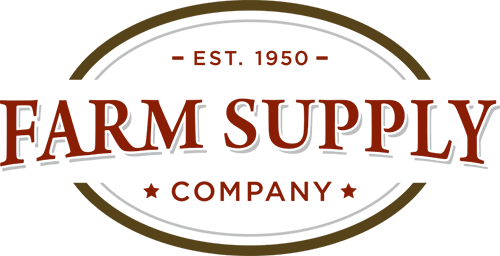Many homeowners like to spruce up their house with fresh paint, needed repairs or a complete makeover for an outdated room. However, homes with pets need to be especially vigilant when the power tools and paint brushes come out. Regardless of whether you do it yourself or hire someone, there are home remodeling hazards for pets that you need to be aware of.
Lead Paint
It’s common to find lead paint in homes built before 1978, and many homeowners aren’t aware of it. Lead can be found in linoleum, old putty around windows, or old paint covered over with non-leaded paint, wallpaper or paneling. When lead paint is scraped off or sanded, it turns into dust and contaminates the air. This dust can put pets at risk of lead poisoning when they ingest the dust while grooming. Pets can be exposed to lead by chewing on woodwork or ingesting flakes or chips of paint that have fallen off.
If you aren’t sure whether the existing paint is lead based, testing kits can be found at many home repair stores; it’s recommended to test before beginning any scraping or sanding. If you find lead paint in your home, it’s best to talk to a professional who is knowledgeable about lead-based paints before continuing.
Paints, Stains and Varnishes
Most products for inside use are water based and not as toxic to pets, but they can cause diarrhea and vomiting. If your dog or cat gets a water based product on them, it can be washed off with warm water and dish soap. If you’re dealing with an oil-based product, keep your pet from licking it off and wait for it to dry. When it’s dry, use scissors or clippers to cut it from their coat. Paint thinner, turpentine or mineral spirits should never be used to remove paint, stains or varnishes from your pet’s coat, because they can cause painful chemical burns. Keep pets away from opened cans of these products.
Pink Insulation
While not toxic, the fiberglass fibers can cause irritation in the mouth,gastrointestinal obstruction if ingested. If your dog or cat rubs against insulation or gets on it, you will need to give him a bath to get the fibers off his fur.
Foam Insulation, Tile Adhesive and Polyurethane Glue
Products that contain isocyanates can put pets that ingest them at risk by expanding in the stomach. Surgery is needed to remove them. Call your vet immediately if your pet consumes any of these products.
Spackle
Dogs will eat spackle, both wet and after it’s dry. It can cause vomiting and gastrointestinal obstruction, and surgery may be required to remove large pieces that can’t pass through the digestive tract. Some brands contain ethylene glycol which is found in antifreeze, although usually not enough to harm most pets unless they are small or ingested a large amount. If your pet walks around like he’s drunk or vomits repeatedly, call your vet immediately.
Power Tools
Power drills, sanders and saws can draw a curious pet in too close to the action. The safest place for a dog or cat when power tools are being used is far away. Keep pets away from electrical cords also.
Materials
Scour floors and outside around the house to check for dropped nails, staples, screws or other small pieces of construction materials. These are items pets may play with or chew on, and could be a choking hazard. Don’t leave used paint brushes lying around, and keep cleaning products out of your pet’s reach. Remove sawdust piles and pieces of drywall; both can wreak havoc with a pet’s electrolyte balance if they ingest too much.
Irritants
Remember to ventilate rooms when painting or using products that produce noxious fumes. If possible, do sawing, staining, varnishing or spray painting projects outside to reduce dust and irritants floating around inside the house. Make sure all windows and doors that were left open for ventilation are closed so your pet doesn’t find an escape route.
The best way to keep your pet safe is to have a family member or friend keep him during home remodeling projects. If that’s not possible, tuck him safely away in a room with a door you can close, some toys, his bed and a water dish, and hide some CANIDAE treats around the room for him to find. Put a “keep closed” sign on the door and inform everyone that it needs to remain closed. Try to stick to your pet’s normal schedule, take breaks to check on him, and turn on some soothing music to help reduce stress and drown out noise.
Blog sponsored by Canidae Pet Food, written by Linda Cole.


